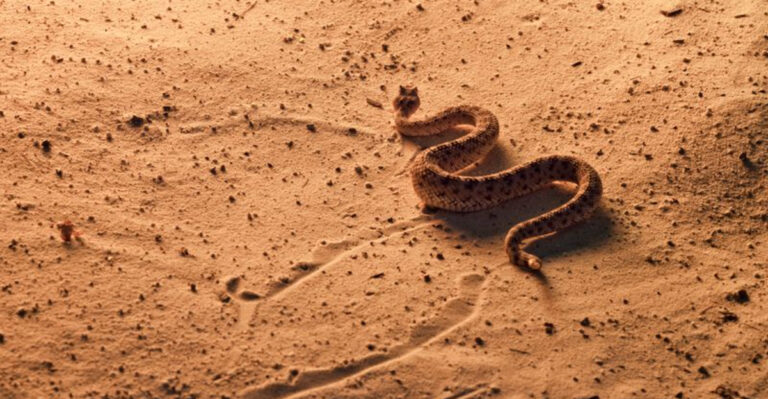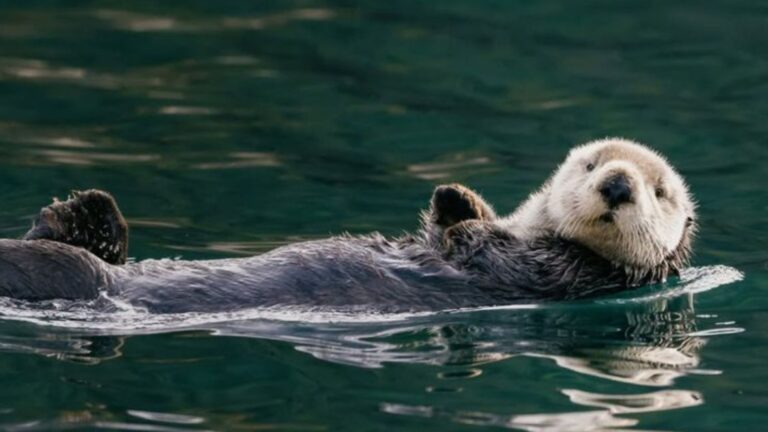10 Things People Always Get Wrong About Parrot Fish
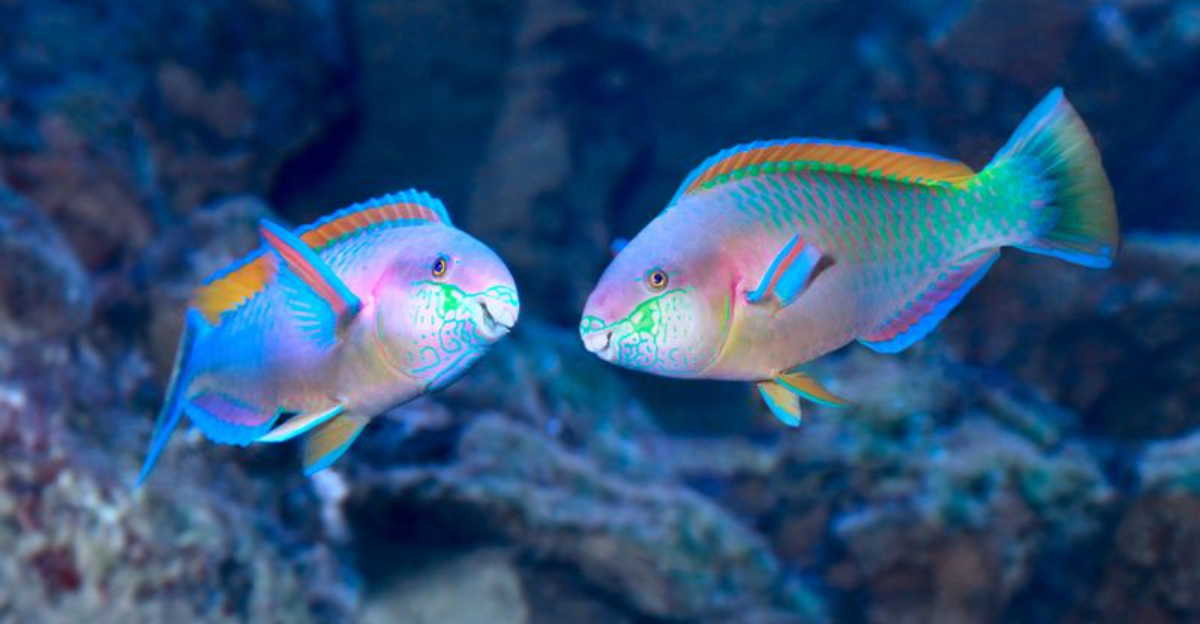
Parrot fish are some of the ocean’s most colorful characters, sporting vibrant hues that make coral reefs look like underwater art galleries.
Despite their popularity among divers and aquarium enthusiasts, these fascinating creatures are surrounded by misconceptions. From their eating habits to their ecological importance, there’s a lot that people misunderstand about these remarkable fish.
1. All Parrot Fish Are Green

Nature’s palette for parrot fish extends far beyond green! These aquatic jewels showcase an explosion of colors including electric blues, fiery oranges, and pastel pinks.
Many species change their coloration throughout their lives. A juvenile might sport completely different hues than an adult, making identification challenging even for experienced marine biologists.
2. Parrot Fish Only Eat Coral

Contrary to popular belief, coral isn’t the main course on their menu. Parrot fish primarily target algae growing on coral surfaces, essentially providing free cleaning services to reef ecosystems.
Their specialized beaks scrape away unwanted algal growth, preventing it from smothering coral colonies. Some species also munch on seagrass or small invertebrates hiding in reef crevices.
3. Parrot Fish Are Aggressive Toward Other Fish
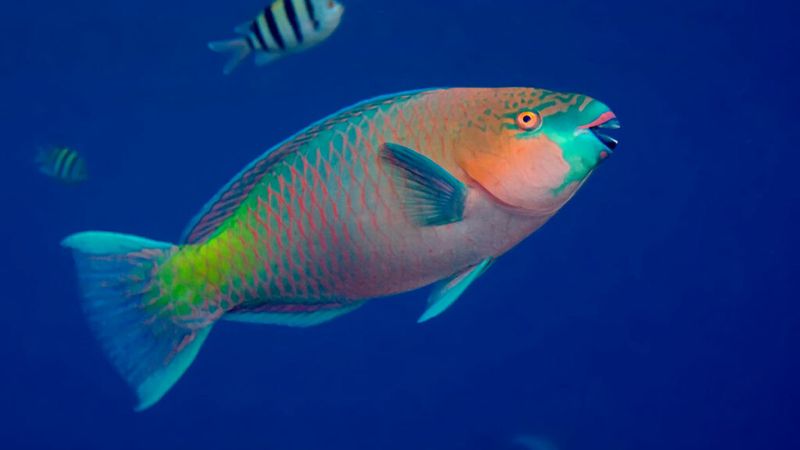
Far from being underwater bullies, parrot fish generally mind their own business. They’re too busy grazing to pick fights with neighbors!
During breeding seasons, males might display territorial behaviors, but this rarely escalates to serious aggression. Most species peacefully coexist with other reef dwellers, creating the harmonious underwater communities we admire.
4. Parrot Fish Are Just Tropical Fish
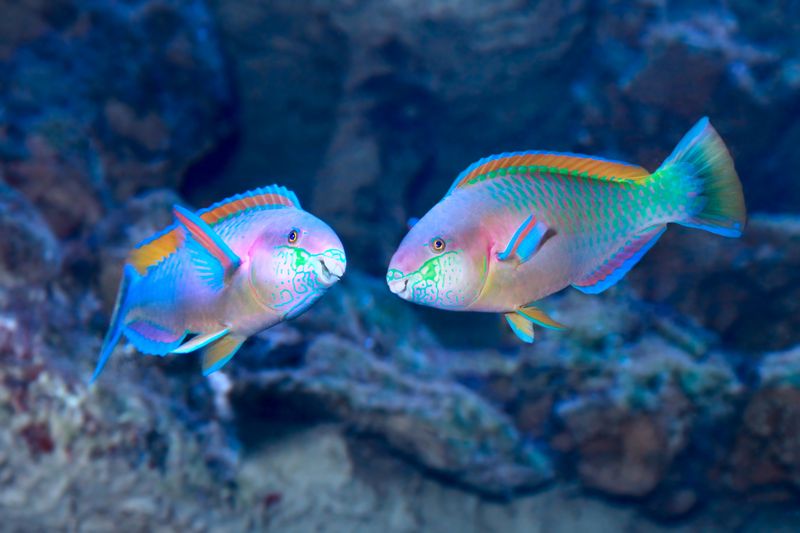
These adaptable creatures aren’t confined to tropical postcards. While they thrive in warm waters, parrot fish species inhabit diverse marine environments from the Red Sea to the Caribbean.
Some species even venture into cooler subtropical regions, proving their remarkable versatility. Their global distribution spans across the Atlantic, Pacific, and Indian Oceans.
5. Parrot Fish Live Alone
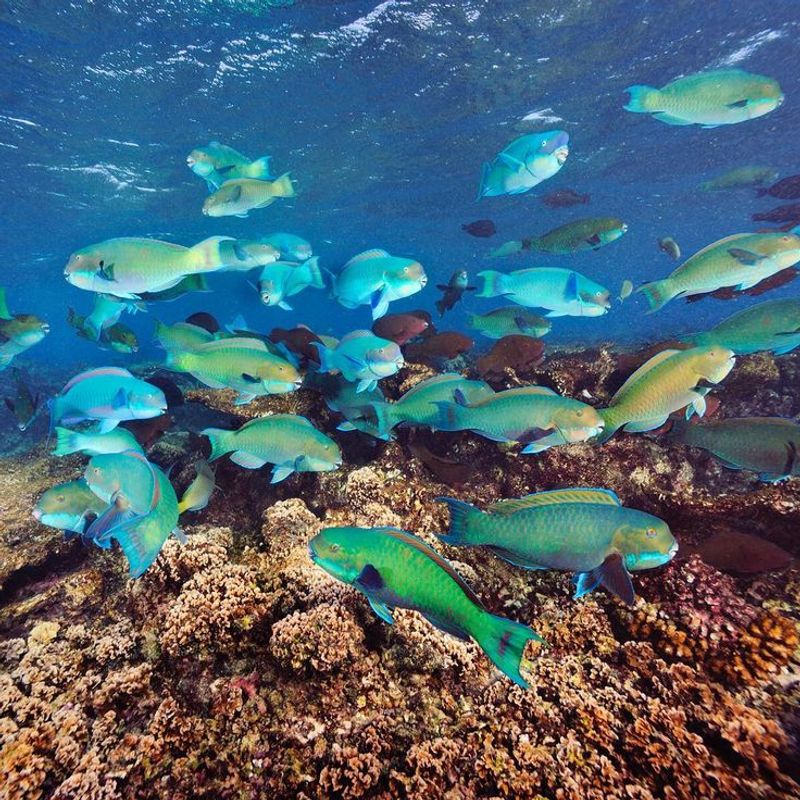
The social lives of parrot fish would surprise many! Numerous species form schools with dozens of members, creating underwater traffic jams of color.
These groups offer protection from predators and improve feeding efficiency. Young parrot fish particularly benefit from this safety-in-numbers approach until they grow large enough to fend for themselves.
6. Parrot Fish Are Useless To Coral Reefs

These finned gardeners are actually reef superheroes! By constantly grazing on algae, parrot fish prevent coral suffocation and maintain ecosystem balance.
Their feeding activity creates space for new coral polyps to settle and grow. Without parrot fish, many reefs would quickly become overgrown with algae, leading to coral decline and reduced biodiversity.
7. Parrot Fish Only Live For A Few Years
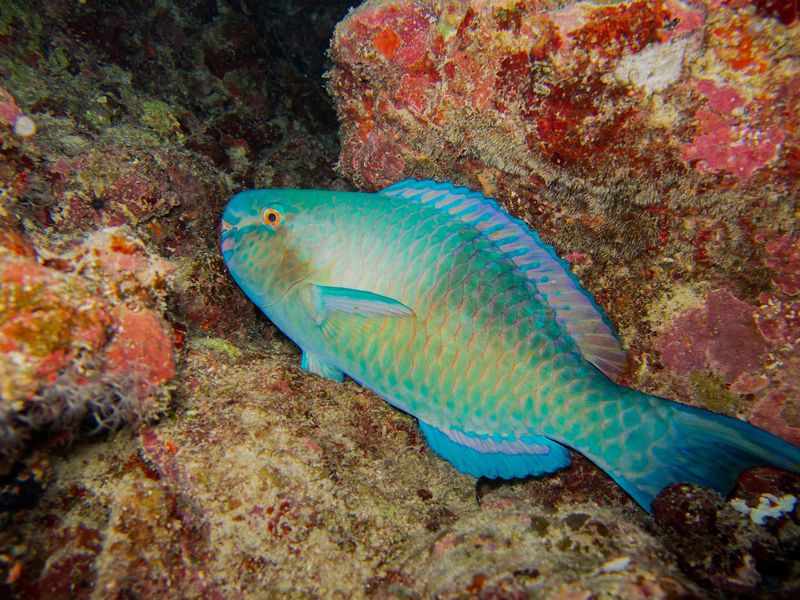
These ocean residents are more long-lived than most assume! Many parrot fish species enjoy lifespans of 7-10 years in healthy environments.
Some larger species can survive even longer—up to 15-20 years! This longevity allows them to contribute to reef health for extended periods. Their growth rates typically slow as they age, similar to many other fish species.
8. Parrot Fish Are Named After Parrots Because Of Their Beaks

The naming story goes deeper than just their beaks! While their fused teeth do resemble bird beaks, parrot fish earned their moniker from their bright, bird-like coloration and the way they “chatter” underwater.
Their specialized pharyngeal teeth grind ingested material in their throats, creating a crunching sound divers can actually hear underwater!
9. Parrot Fish Are Dangerous To Humans
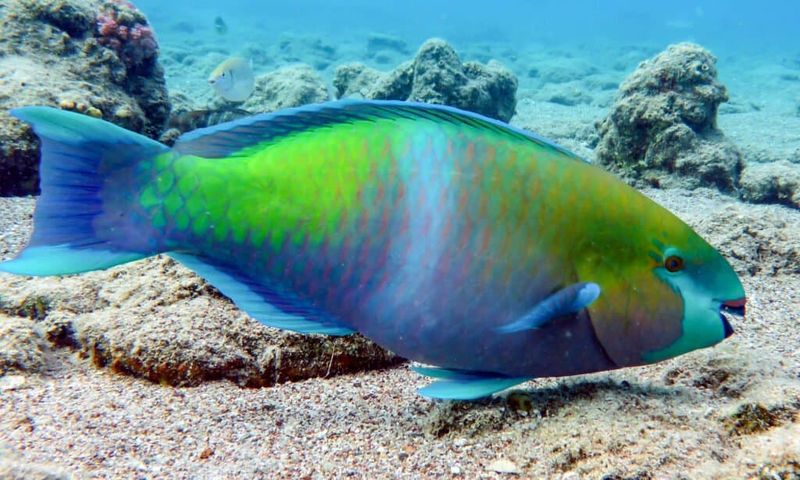
Despite their powerful jaws that crunch coral, parrot fish pose zero threat to humans. They’re naturally shy and typically swim away when approached by snorkelers or divers.
Their teeth evolved for scraping algae, not for defense or aggression. Many underwater photographers spend hours alongside these peaceful creatures without incident, capturing their beauty and behaviors.
10. Parrot Fish Don’t Contribute To Sand Production
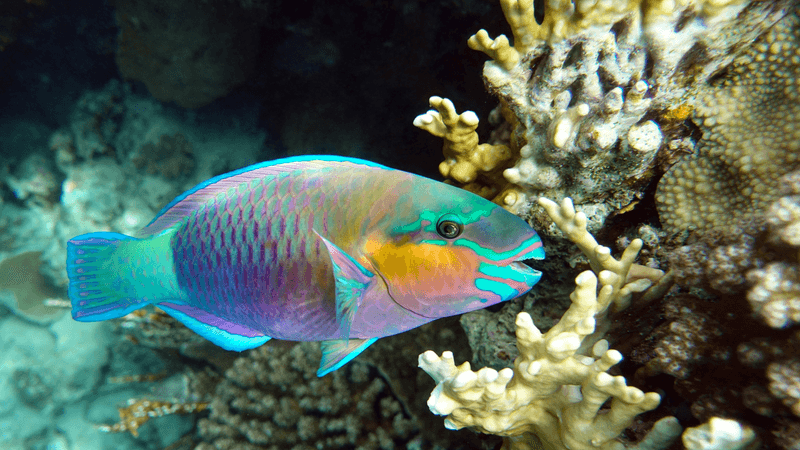
Those pristine white beaches? Thank parrot fish! After grinding coral with their pharyngeal teeth, they excrete fine white sand—lots of it.
A single parrot fish can produce up to 700 pounds of sand annually. This remarkable process has been happening for millions of years, contributing significantly to tropical beach formation and island building throughout the world’s oceans.

